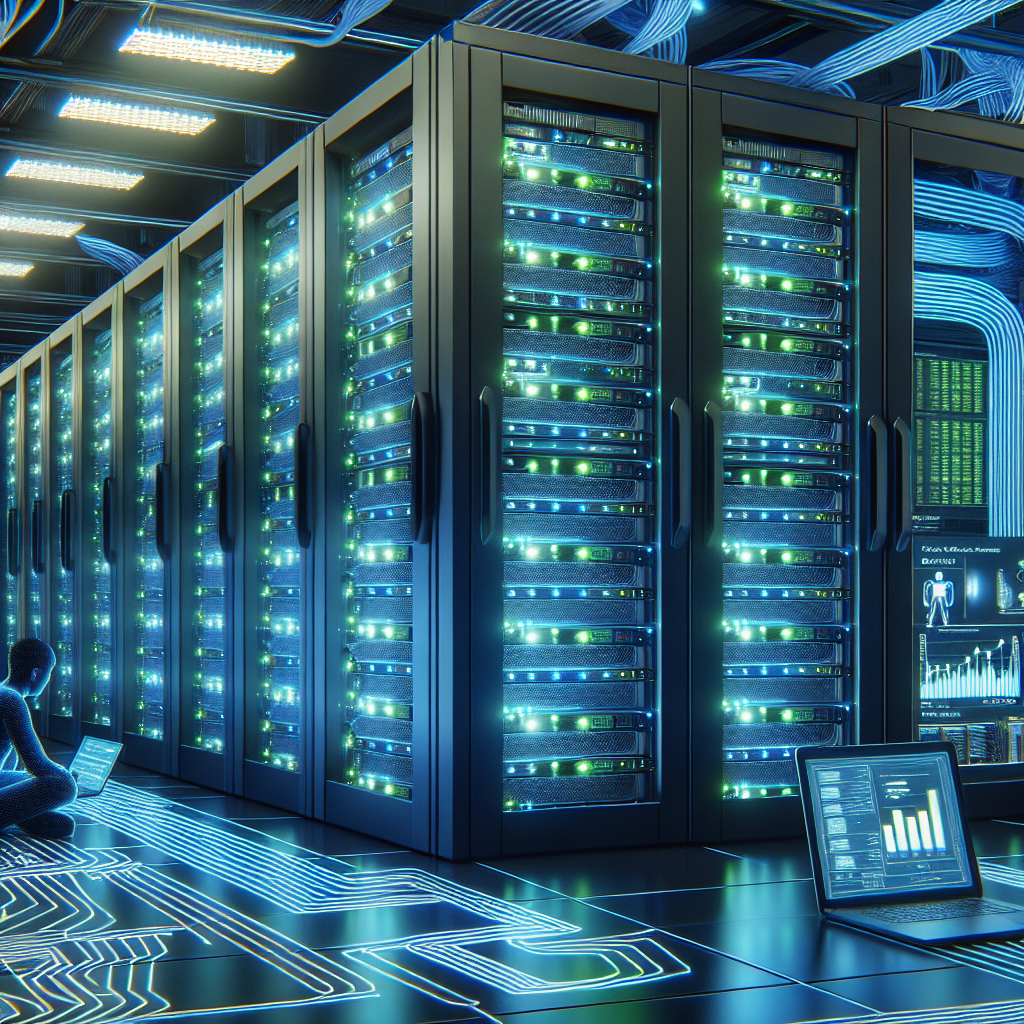Data centers are the backbone of modern businesses, housing the servers that store and process all of the digital information we rely on every day. As data continues to grow at an exponential rate, the demand for powerful and efficient servers has never been greater. If you are responsible for managing a data center or are looking to upgrade your server infrastructure, it is crucial to understand the essential components and features of data center servers.
1. Server Types: There are several types of servers commonly used in data centers, including rack servers, blade servers, and tower servers. Rack servers are the most common and are designed to be mounted in standard server racks. Blade servers are compact and modular, allowing for more efficient use of space and resources. Tower servers are standalone units that are often used in smaller data centers or remote office locations.
2. Processor and Memory: The processor, or CPU, is the brain of the server and is responsible for executing instructions and processing data. The amount of memory, or RAM, in a server determines how much data can be processed at once. When selecting a server, it is important to consider the processing power and memory capacity needed to support your workload.
3. Storage: Data center servers require large amounts of storage to store and access data quickly and efficiently. There are several types of storage options available, including hard disk drives (HDDs), solid-state drives (SSDs), and hybrid storage solutions. SSDs offer faster performance and lower power consumption, making them ideal for high-performance applications.
4. Networking: Servers in a data center must be able to communicate with each other and with external networks. It is important to consider the networking capabilities of a server, including the number and type of network interfaces, bandwidth, and network protocols supported. High-speed networking technologies, such as 10 Gigabit Ethernet or InfiniBand, are essential for supporting high-performance applications and large data transfers.
5. Management and Monitoring: Data center servers require robust management and monitoring tools to ensure optimal performance and reliability. Remote management features, such as out-of-band management and remote console access, allow administrators to troubleshoot and manage servers remotely. Monitoring tools can provide real-time visibility into server performance, resource utilization, and potential issues.
6. Power and Cooling: Data center servers consume a significant amount of power and generate heat, requiring efficient power and cooling solutions. Servers should be equipped with high-efficiency power supplies and cooling systems to minimize energy consumption and maintain optimal operating temperatures. Data center operators should also consider power redundancy and backup cooling systems to ensure continuous operation in the event of a power outage or cooling failure.
In conclusion, selecting the right data center servers is essential for maintaining high performance, reliability, and efficiency in your data center. By understanding the key components and features of data center servers, you can make informed decisions when upgrading or expanding your server infrastructure. With the right servers in place, you can support the growing demands of your business and ensure seamless operation of critical applications and services.


Leave a Reply